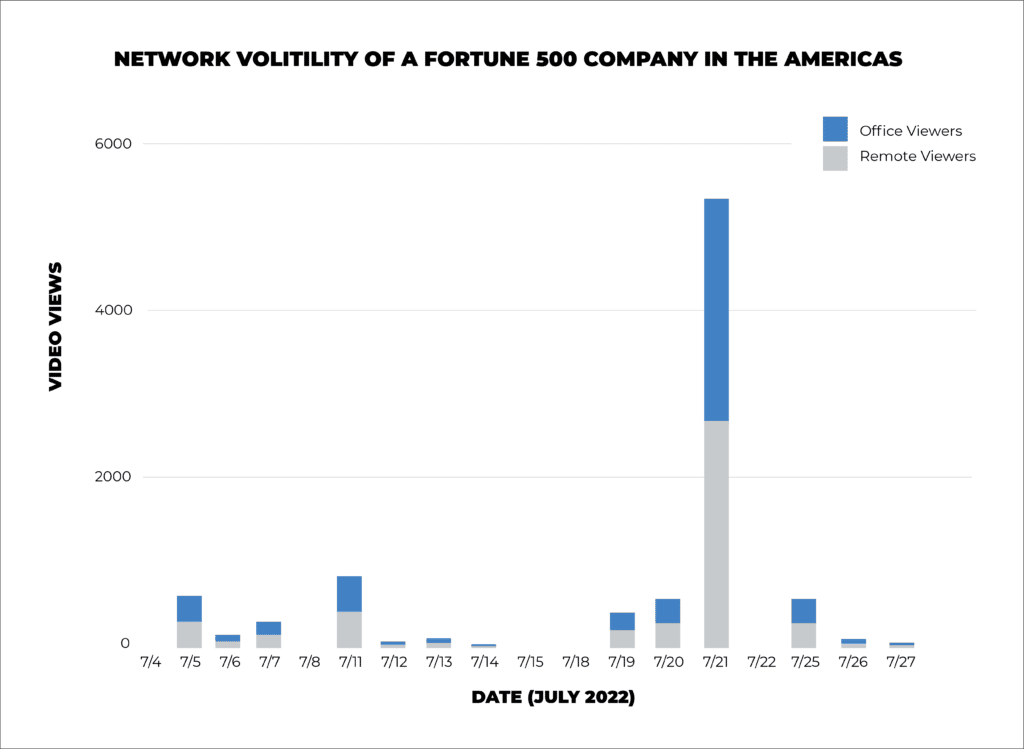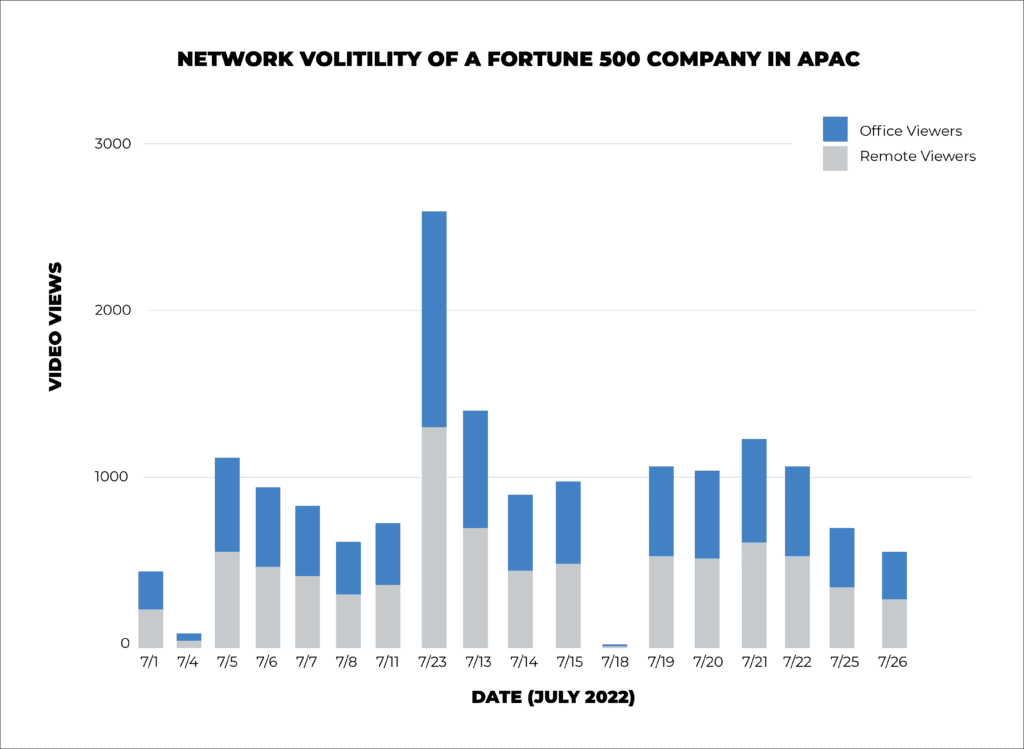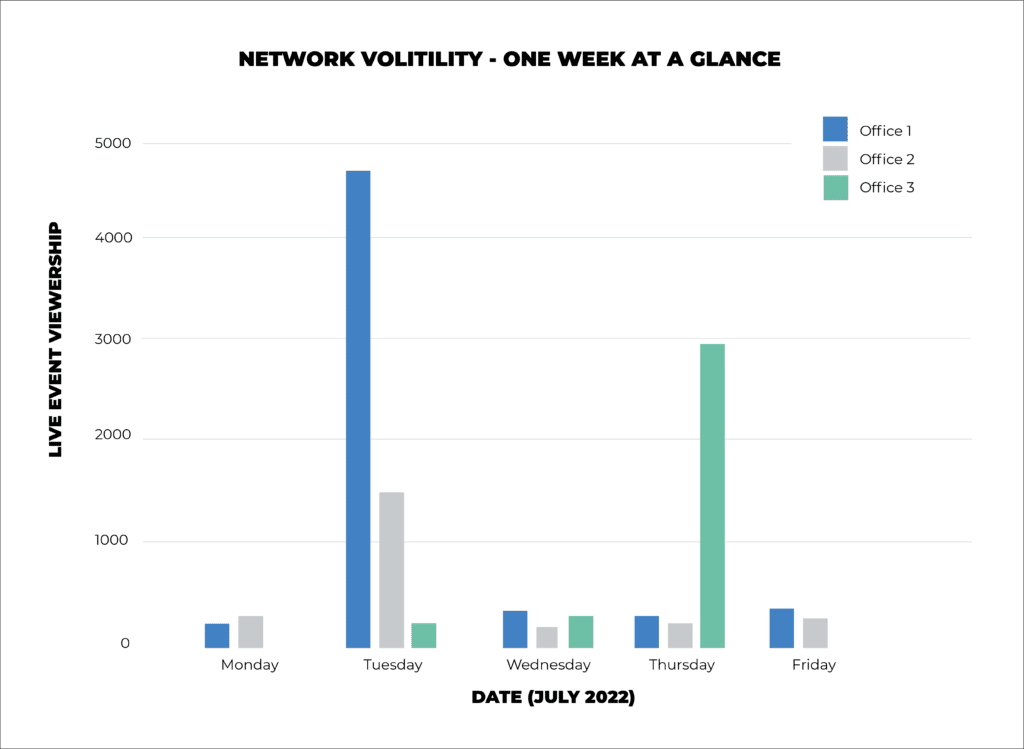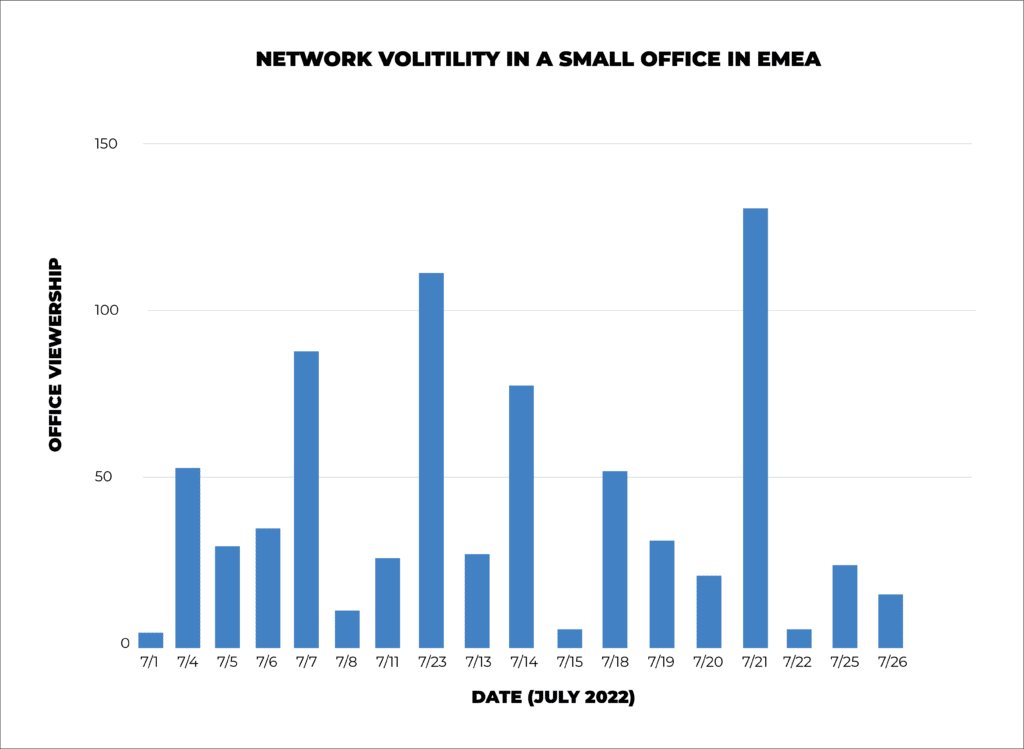Contract-To-Hire Process
BlogIf you’re unsure whether you want to offer a permanent job or are looking for a way to trial someone’s skillset, then the contract-to-hire process could be perfect for you. Here’s everything you need to know about this type of hiring process .
This process can be beneficial for both the employer and the candidate. The employer gets to test out the candidate in a natural work setting, and the candidate gets to see if the job is a good fit for their skillset and career goals. If both parties are happy with the arrangement, then it can lead to a permanent job offer.
Another benefit of using the contract-to-hire process is that it can be more cost-effective than hiring someone permanently. With this arrangement, the employer only pays for the candidate’s time during the contract period. If the candidate does not work out, the employer is not obligated to continue paying them.
If you’re thinking of using the contract-to-hire process for your business, then there are a few things you’ll need to keep in mind. Here are some tips for making the most of the contract-to-hire process:
1. Be sure to have a clear and concise contract outlining the contract’s length, job duties, and compensation.
2. This arrangement is usually for 3-6 months but can be shorter or longer, depending on your needs.
3. At the end of the contract period, you can choose to hire the candidate permanently or let them go.
4. Keep communication open throughout the process so that both parties are on the same page.
5. Make sure you’re clear about your expectations for the role and what the candidate will do during their contract period.
When you’re an employee in a contract-to-hire position, don’t forget to consider these factors.
1. The employer may not be committed to hiring the employee permanently at the end of the contract period.
2. The employee may not be eligible to participate in the company health insurance program and may not receive paid vacation days.
3. The employer may terminate the contract at any time for any reason.
4. The employee has the ability to experience the company’s work environment and culture before committing to a permanent position with the company.
Some questions that employers may want to ask candidates during the interview process for a contract-to-hire position include:
1. What are your availability and scheduling requirements?
2. What are your long-term career goals?
3. Are you interested in a full-time or part-time position?
4. What are your salary expectations ?
5. What type of work do you prefer?
6. Do you have any questions for me about the position or company?
There are a few potential disadvantages to using the contract-to-hire process. First, it can be more expensive than hiring someone permanently. Second, there is always the possibility that the candidate will not work out and must be let go at the end of the contract period. Finally, some candidates may not be interested in a contract-to-hire arrangement and will only be interested in jobs that offer permanent employment. Ultimately, the decision of whether or not to use the contract-to-hire process should be based on the specific needs of the employer and the candidate.
If you follow these tips, then you can make the most of the contract-to-hire process and find the perfect candidate for your needs.
The post Contract-To-Hire Process appeared first on Maslow Media.





